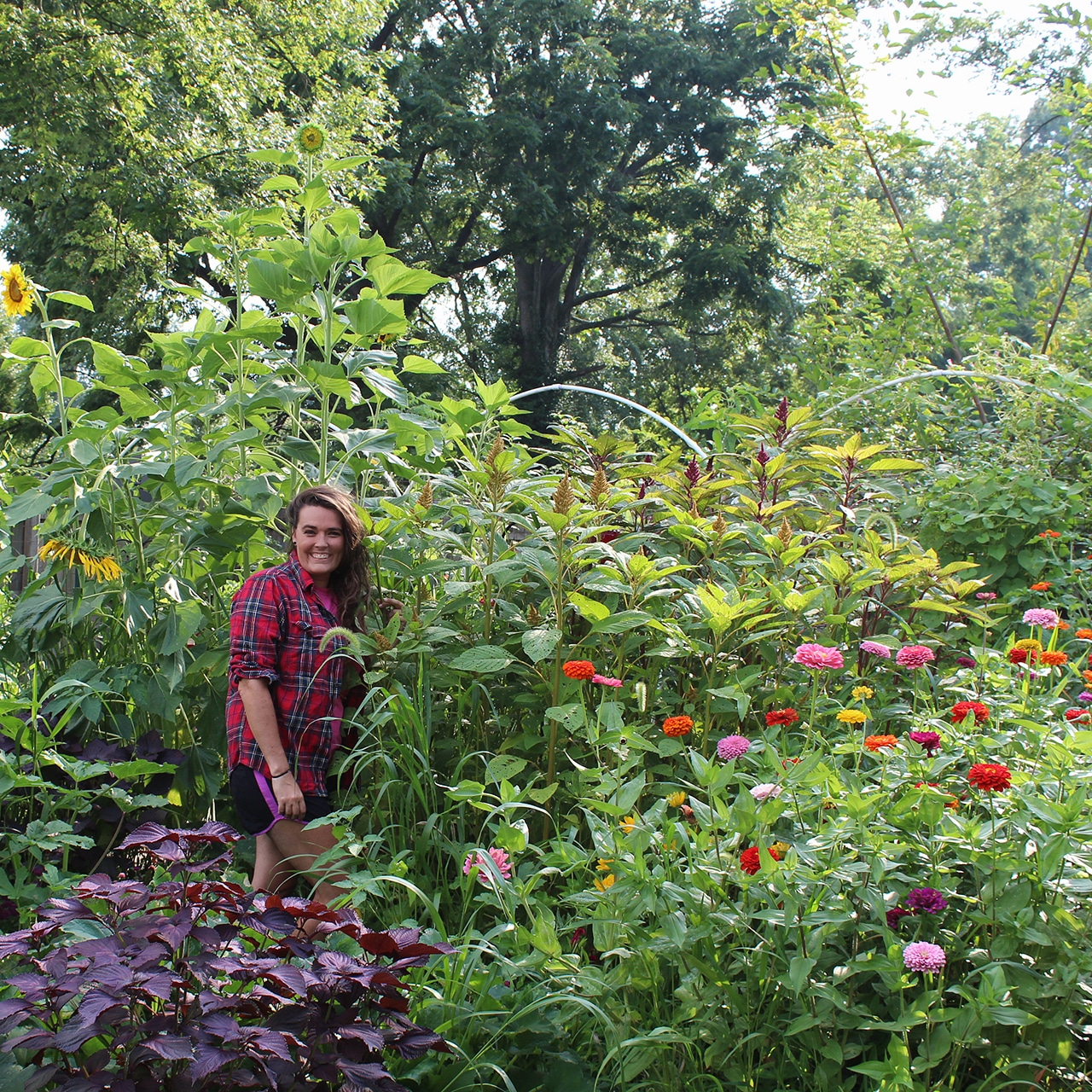Hydrangea Not Blooming? Here's Why & How To Get Tons Of Gorgeous Flowers
A hydrangea not blooming is a massive disappointment. Here are the most common reasons why your shrub refuses to bloom and how to make it full of flowers.
Amy Draiss
“Help! My hydrangea's not blooming!” It’s an all too common occurrence, often found in the comment sections of blog articles and on garden forums. Each season, even the most experienced gardeners may find themselves frustrated when these otherwise beautiful shrubs fail to bloom.
A hydrangea not blooming can be due to many factors. Below, we will explore the most common causes and discuss how to get hydrangeas to bloom.
Why Is My Hydrangea Not Blooming?
When my hydrangeas are not blooming, I carefully consider all the growing conditions within my garden. Hydrangeas often fail to flower or perform poorly when their needs have not been properly met. This includes their requirements for light, consistent moisture, and even fertility levels within the soil. Consider these factors:
1. Improper Pruning
Among the most common explanations for failure to bloom, in hydrangeas, is pruning. Improper pruning, or the accidental removal of flower buds, will result in a season without blooms. This is especially true for varieties that bloom exclusively on old wood, such as many Hydrangea macrophylla types. To prevent this, gardeners should only trim or deadhead flowers at the appropriate time. For hydrangeas that bloom on old wood, this means pruning immediately after this season’s flowers have faded. After this time, all foliage should be left intact. Types that flower on new wood can also be pruned after bloom. However, most growers suggest waiting until late winter or very early spring.
2. Not Enough Light
Most hydrangeas thrive where they can receive a healthy mix of sun and shade throughout the day. Plants that have been grown in excess shade will often suffer in terms of flower production. Shrubs that receive too much sun throughout the day may also struggle to produce blooms. In these instances, the best solution is often to move or transplant bushes into new beds, with better conditions for growth.
3. Not Enough Water
While hydrangeas may not require supplemental water in many regions, those grown under especially dry conditions may become stressed. This stress will often manifest in a lack of blooms or plants that become dry and brittle. Shrubs in beds that are especially hot or receive ample sunlight may also require more frequent irrigation.
4. Poor Soil
Hydrangea plants will grow best in rich, well-amended soil. Poor soil may cause the plant to languish. The addition of high-quality compost and other amendments at planting time can help new shrubs off to a quick start. Bushes are then fed annually, with the use of a balanced slow-release fertilizer. Growers should use care to avoid overfeeding, as excess nutrients may also inhibit bloom, which brings us to our next problem.
Gardening tips, videos, info and more delivered right to your inbox!
Sign up for the Gardening Know How newsletter today and receive a free copy of our e-book "How to Grow Delicious Tomatoes".
5. Too Much Nitrogen
While annual applications of fertilizer can help to feed plants and encourage flowers, a hydrangea not blooming can also be the result of improper nutrient levels within the soil. Excess nitrogen, which is responsible for leafy growth, may be especially problematic. Rather than focusing on the production of blooms, growers can expect these plants to form dense masses of foliage.
6. Winter Damage
Hydrangea plants can become damaged in many ways. Environmental factors, like weather, are often the cause. Shrubs that have been injured by extreme cold or winter storms, specifically, will struggle to bloom the following season.
7. Foraging Animals
Foraging animals are also known to damage hydrangeas. Deer and other common garden animals often browse the plants. Both deer and rabbits can damage flowers produced on old wood before shrubs even have the opportunity to bloom. Browsing animals can also chomp on hydrangea buds on new wood as well as foliage throughout the growing season. A simple fence is the best way to keep deer away from plants and ensure your hydrangea's safety.
How to Get Hydrangeas to Bloom
Encouraging hydrangeas to bloom in the garden should begin with research into each specific type of hydrangea you are growing. Becoming more familiar with each species will help to better understand the cultivar’s specific needs for pruning, as well as ideal conditions for growth.
Though meeting these demands will often require some patience, healthy hydrangea shrubs are sure to reward you with bountiful blooms for many years to come.

Caroline Bloomfield is Manager of Marketing Communications at Gardening Know How since 2019. A northwest native, she has resided and gardened in multiple zones in the U.S. and is currently at home in Bandon, Oregon. Writing and editing for various publications since 1998, her BA in American Studies from Southern Maine University includes an emphasis in English. She was raised in California by avid gardeners and continues to enjoy the natural world with an appreciation for the concepts of sustainability and organic care for the planet.
- Amy DraissDigital Community Manager
-
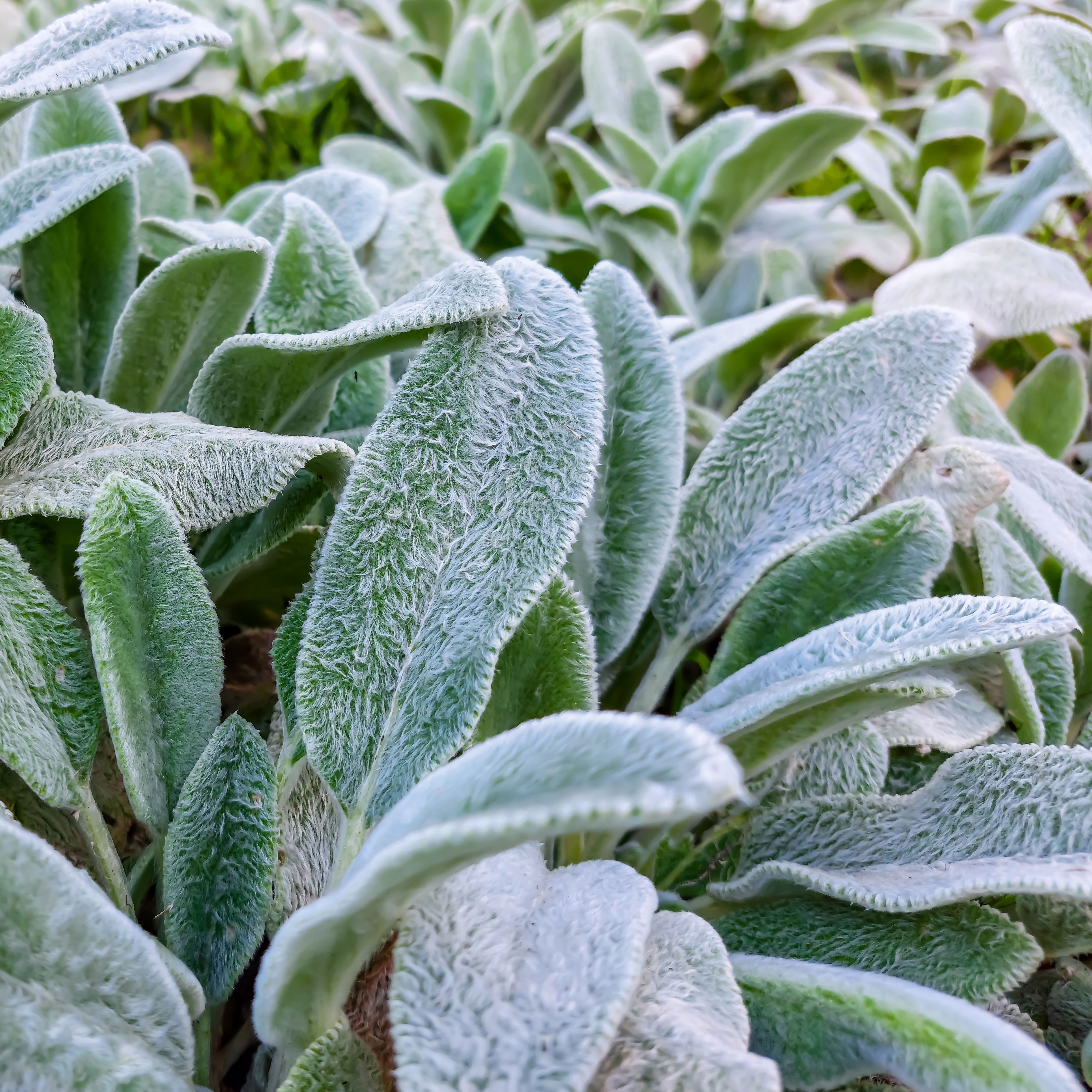 Looking For Plants To Give You The Soft And Fuzzies? Try These 5 Fuzzy Leaf Plant Options
Looking For Plants To Give You The Soft And Fuzzies? Try These 5 Fuzzy Leaf Plant OptionsLovers of texture, drama, silver foliage and tactile plants will adore these special sensory garden additions. These fuzzy leaf plant options will leave you all aglow
By Susan Albert
-
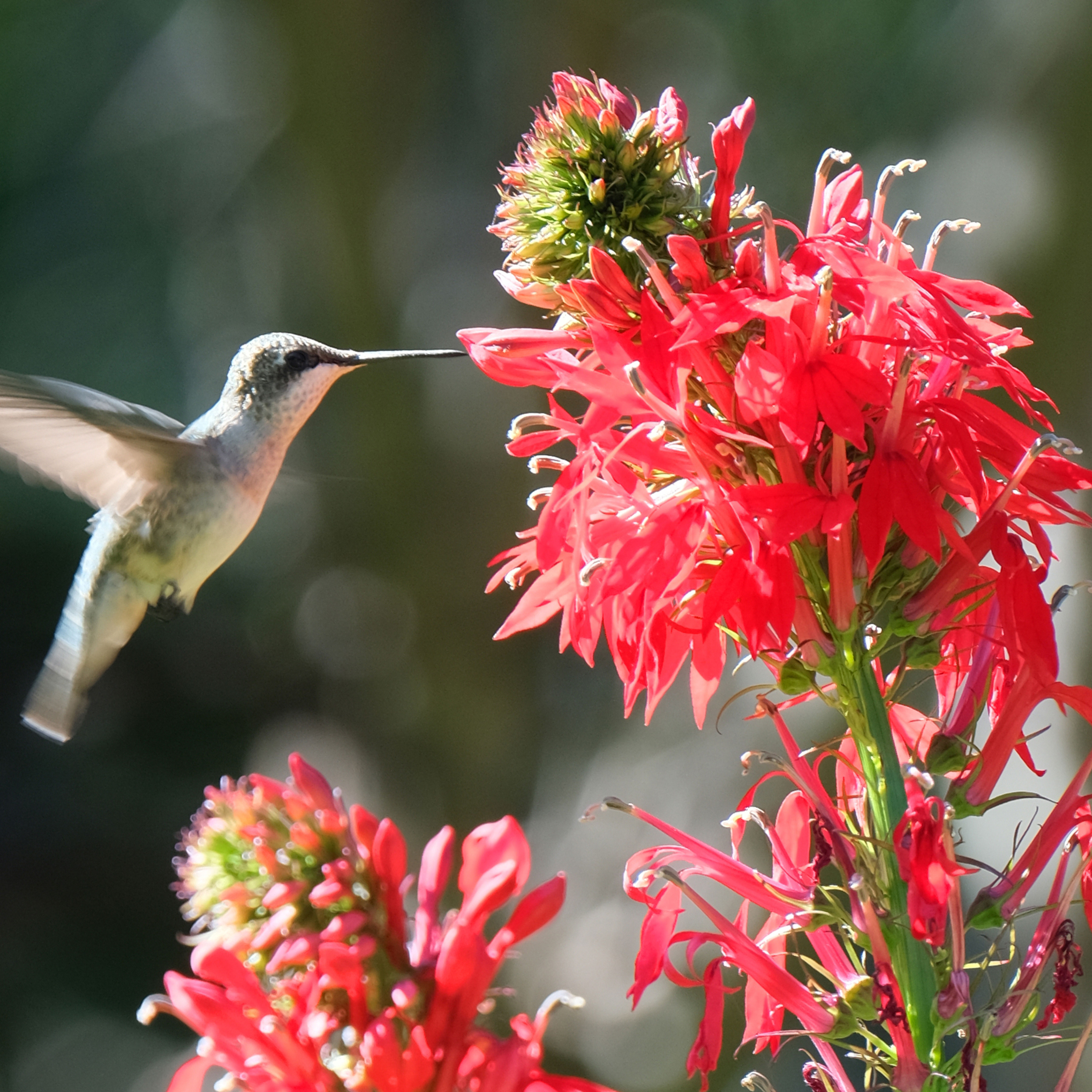 Get Ready For A Summer Of Hummers! Grow These Full Sun Hummingbird Plants and Flowers
Get Ready For A Summer Of Hummers! Grow These Full Sun Hummingbird Plants and FlowersIf you’re lucky enough to enjoy a sunny backyard, make sure you are maxing out on your pollinator opportunities and grow these full sun hummingbird plants and flowers
By Tonya Barnett
-
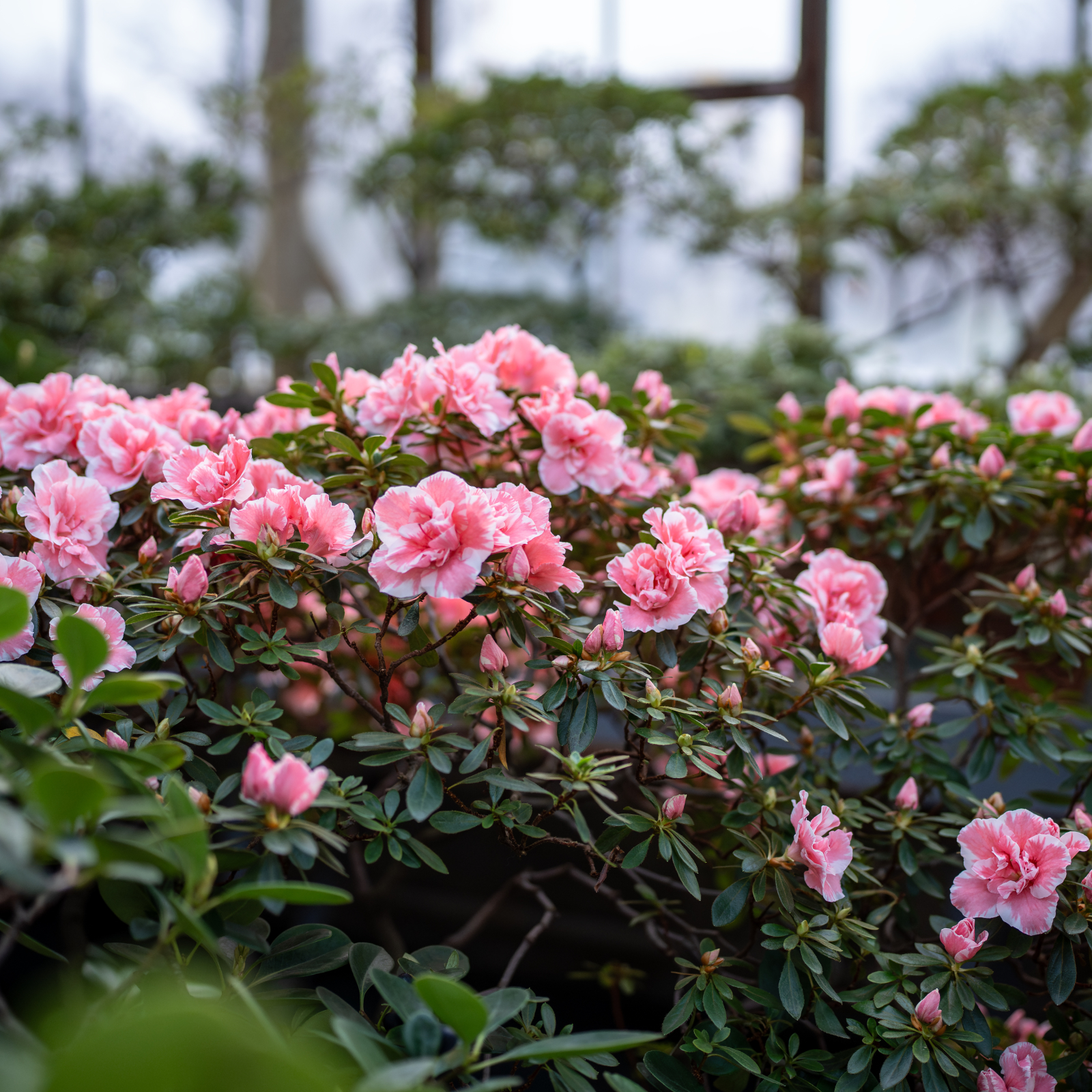 What Is The Size Of An Azalea? Explore Different Varieties That Will Suit Every Garden
What Is The Size Of An Azalea? Explore Different Varieties That Will Suit Every GardenThe size of azaleas can vary widely because they have been selectively bred for different landscape needs. Check out our picks for each size category.
By Mary Ellen Ellis
-
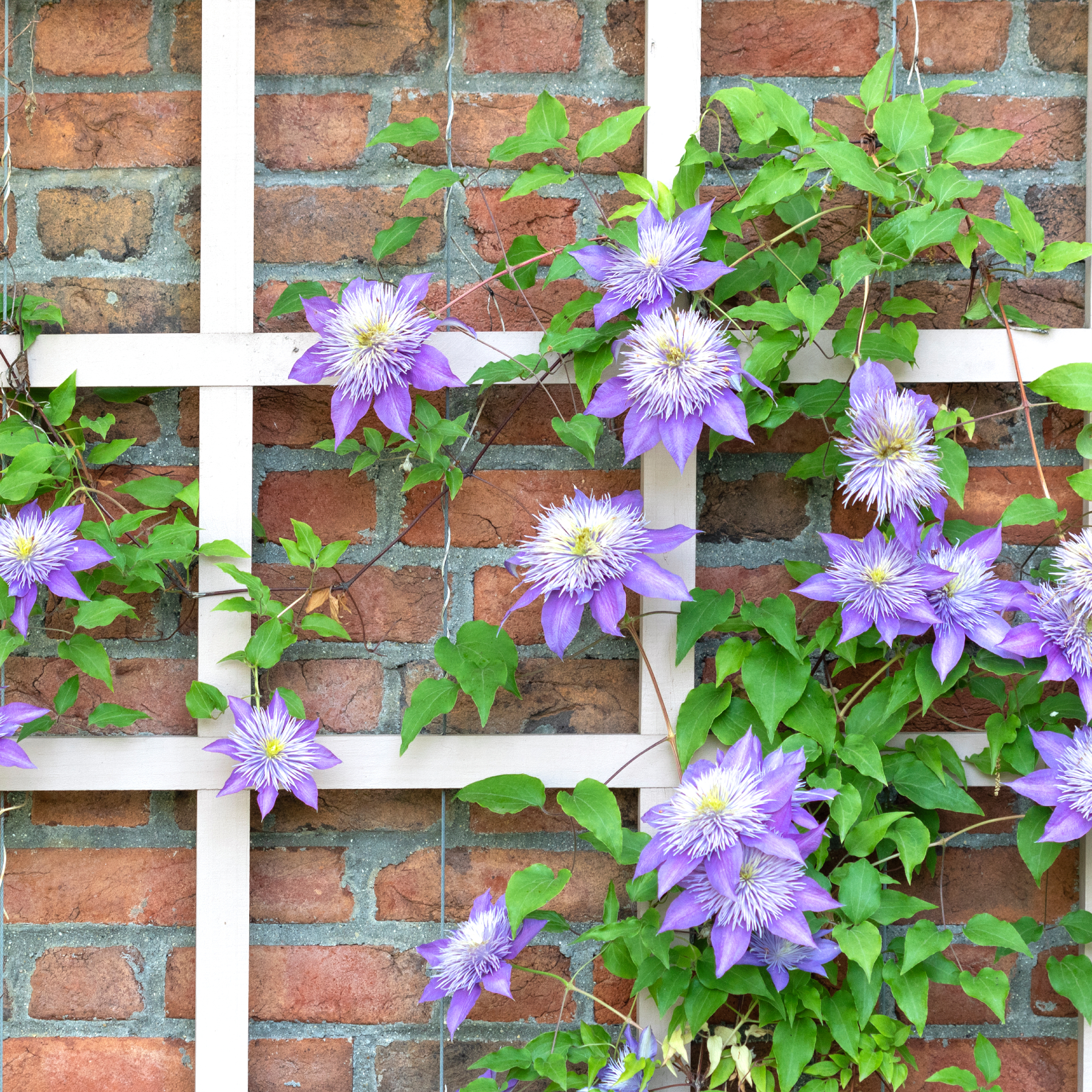 5 Fabulous Fast-Growing Vines – That Will Quickly Climb Any Arbor, Trellis, Or Fence
5 Fabulous Fast-Growing Vines – That Will Quickly Climb Any Arbor, Trellis, Or FenceThese fast growing vines are perfect for covering any eyesores in your yard or creating a living fence. They will provide great visual interest, as well.
By Amy Grant
-
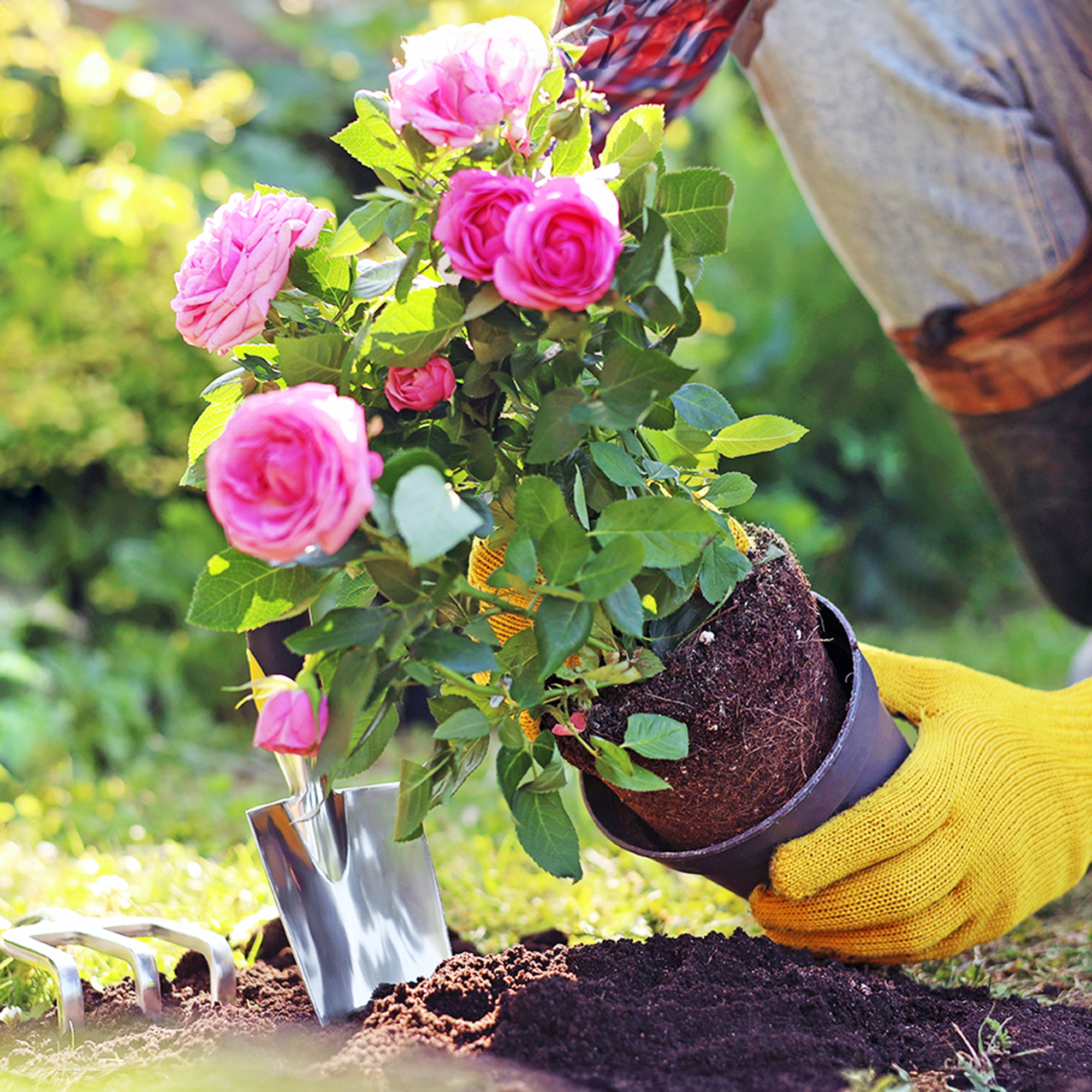 When To Plant Roses: The Best Time For Your Climate And Rose Type
When To Plant Roses: The Best Time For Your Climate And Rose TypePlant your roses at the right time and you will be rewarded with decades of glorious summer flowers – but get it wrong and you'll be crying over dead shrubs.
By Teo Spengler
-
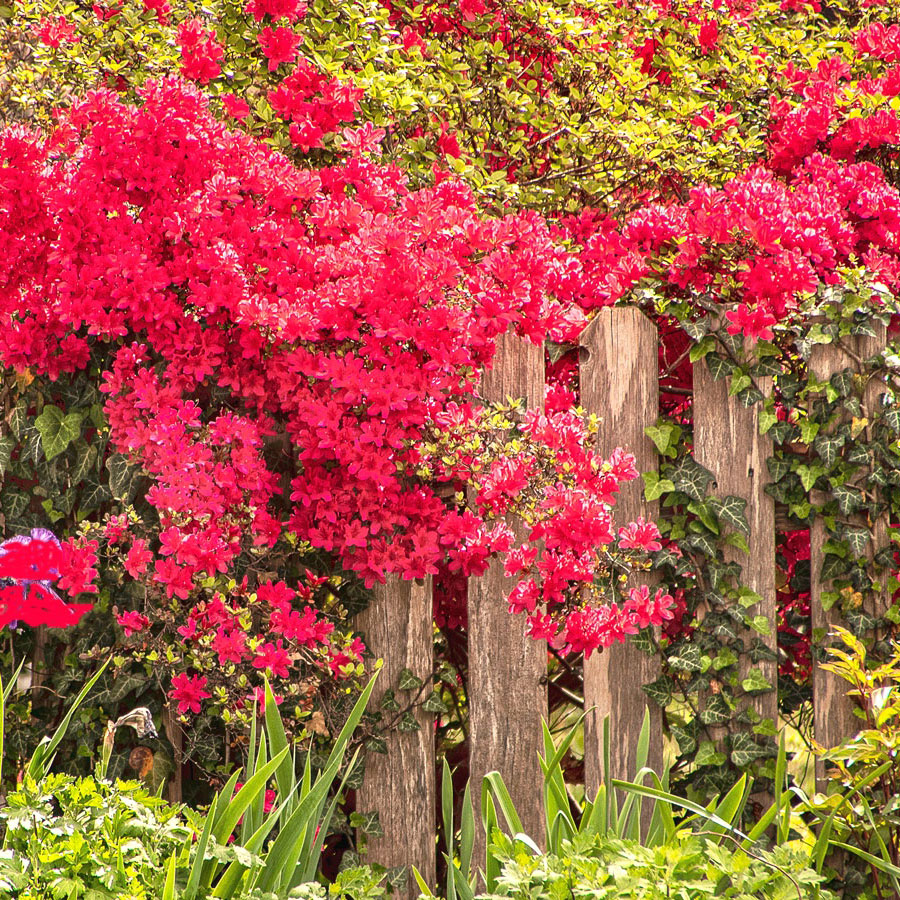 Spectacular Early Blooming Shrubs: 6 Sparkling Spring Flowering Bushes
Spectacular Early Blooming Shrubs: 6 Sparkling Spring Flowering BushesWant to kickstart your gardening year with dazzling spring flowering bushes for beds and borders? These unique early bloomers are sure to help you rise and shine!
By Teo Spengler
-
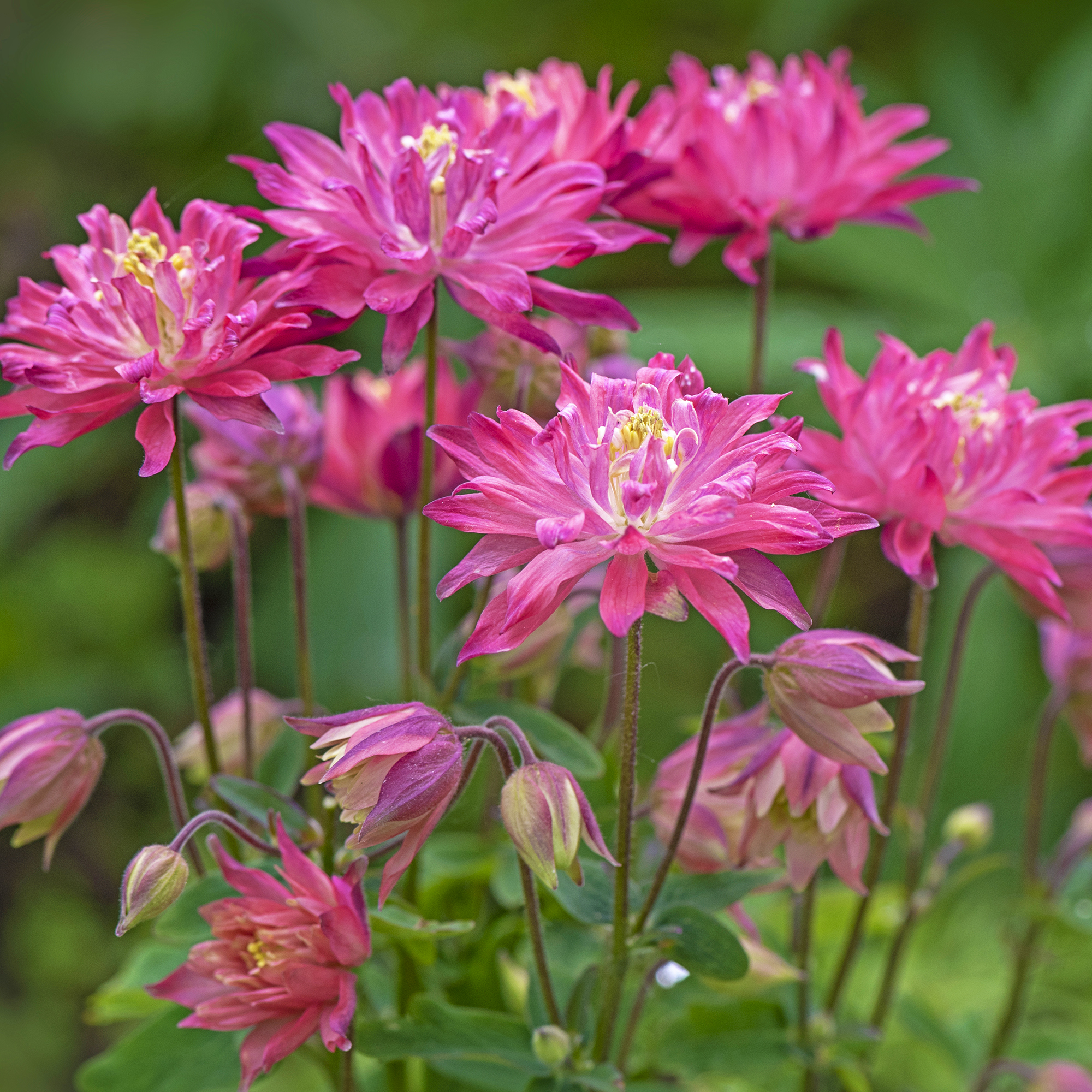 7 Shade-Loving Flowers To Start From Seed Now For A Stunning Summer Garden
7 Shade-Loving Flowers To Start From Seed Now For A Stunning Summer GardenTurn shady spots into vibrant new garden spaces with lovely and illuminating shade-loving flowers.
By Ellen Wells
-
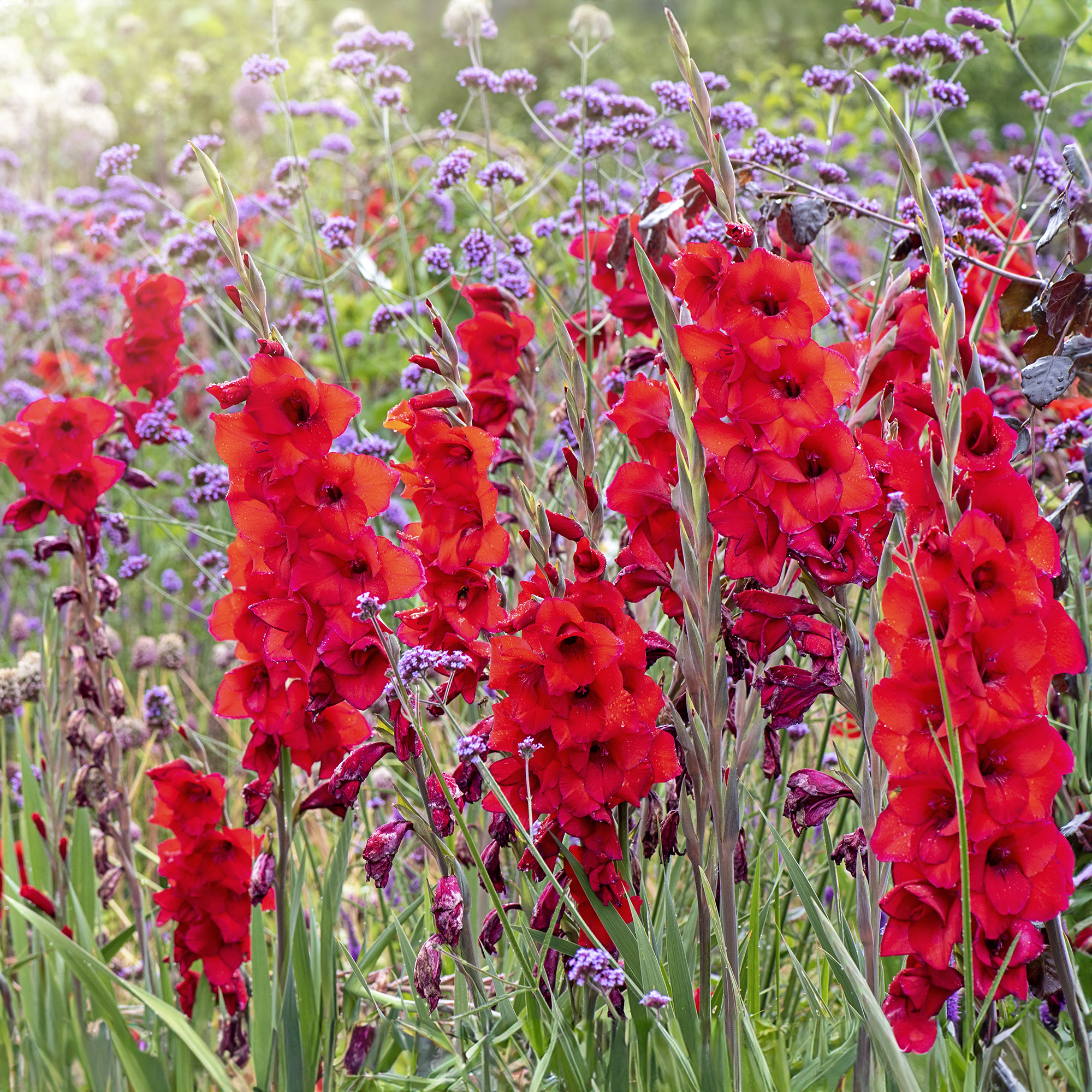 7 Summer-Blooming Bulbs To Plant In Early Spring: Don't Miss Months Of Glorious Flowers!
7 Summer-Blooming Bulbs To Plant In Early Spring: Don't Miss Months Of Glorious Flowers!Get a head start on stunning summer blooms with these easy-to-plant bulbs – act early and you will enjoy vibrant flowers that last for months on end.
By Mary Ellen Ellis
-
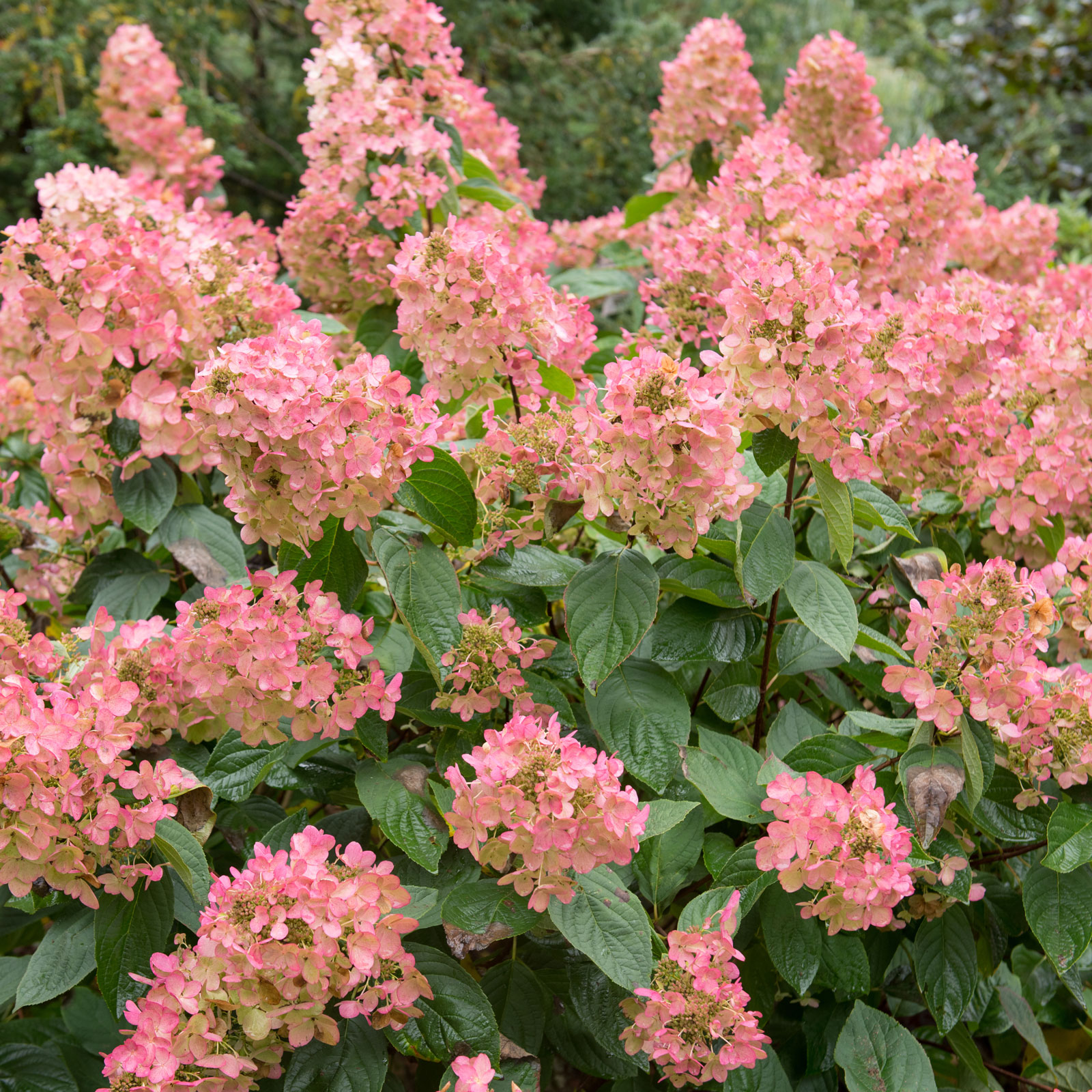 Quick Fire Hydrangea – The Elegant, Easy-Care Shrub Every Gardener Needs In Their Landscape
Quick Fire Hydrangea – The Elegant, Easy-Care Shrub Every Gardener Needs In Their LandscapeIf you’re after an early flowering panicle hydrangea that offers plenty of floral variety, the Quick Fire hydrangea goes big on visual dynamics from early summer to fall
By Tonya Barnett
-
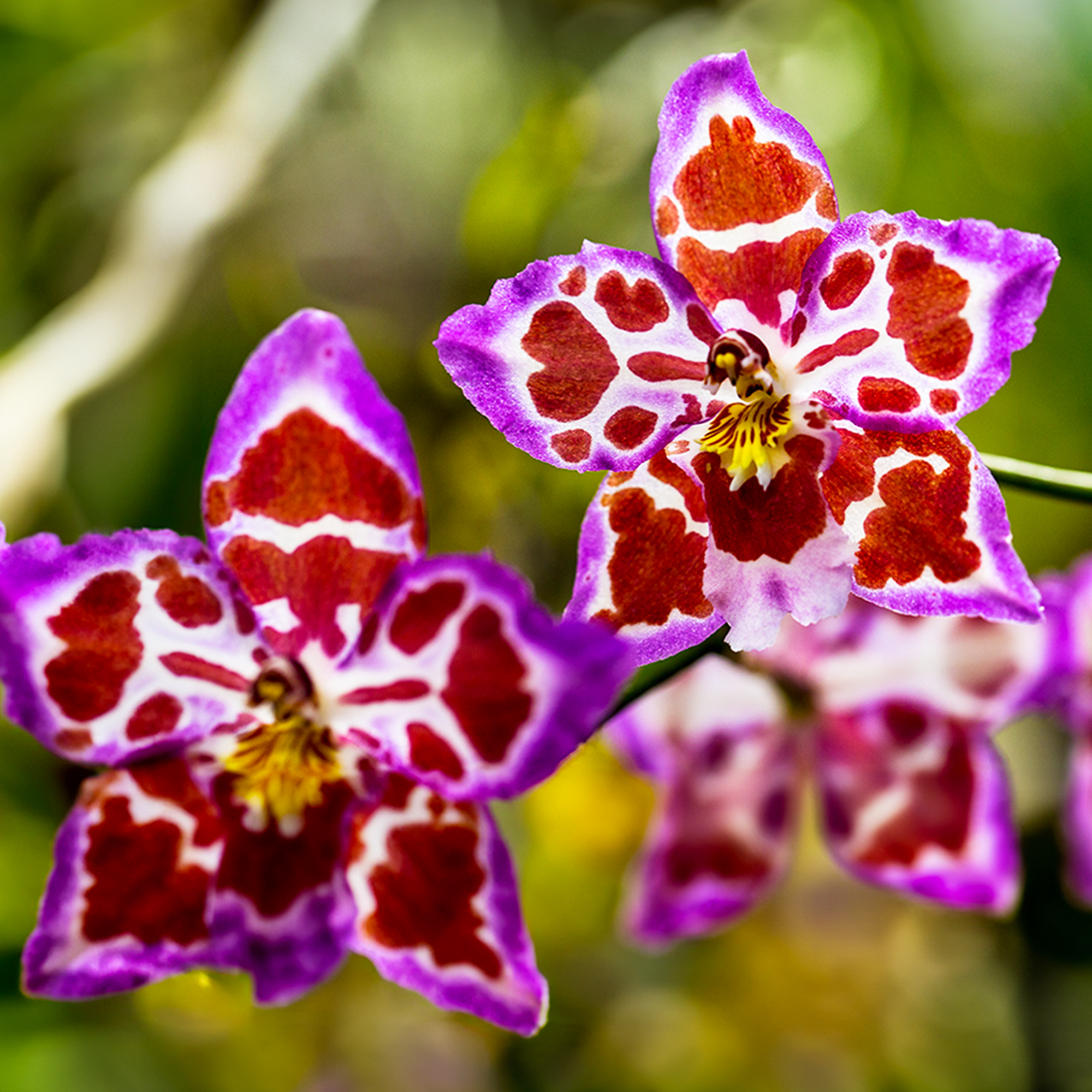 8 Rare Orchids That Make Stunning Houseplants – Some Are Surprisingly Easy To Grow
8 Rare Orchids That Make Stunning Houseplants – Some Are Surprisingly Easy To GrowDiscover unique orchids that will add exotic beauty to your home. Some make easygoing houseplants, while others offer a challenge for more seasoned growers.
By Melanie Griffiths
